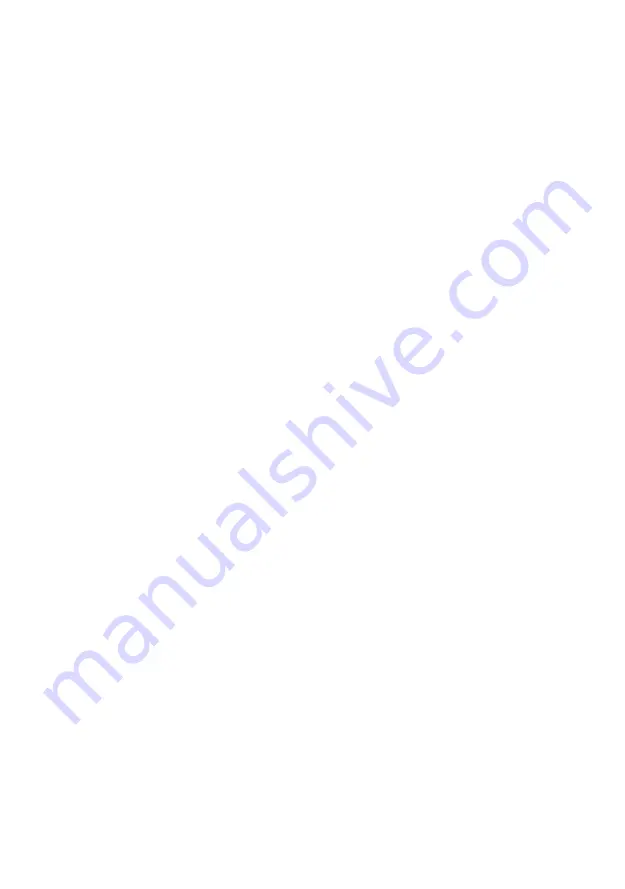
38
To calibrate temperature, we recommend a mercury or red spirit (fluid)
thermometer. Bi-metal (dial) and other digital thermometers are not a
good source and have their own margin of error. Using a local weather
station in your area is also a poor source due to changes in location,
timing (airport weather stations are only updated once per hour) and
possible calibration errors (many official weather stations are not
properly installed and calibrated).
Place the sensor in a shaded, controlled environment next to the fluid
thermometer, and allow the sensor to stabilize for 48 hours. Compare
this temperature to the fluid thermometer and adjust the console to
match the fluid thermometer.
Humidity Calibration
Humidity is a difficult parameter to measure accurately and drifts over
time. Humidity errors can occur when placed too close to the ground,
near grass or other sources of humidity.
The hygrometer sensor utilizes a capacitor, which varies as a function
of humidity. Due to manufacturing tolerances, the accuracy of the
sensor is ± 5%. To improve on this accuracy, the indoor and outdoor
humidity readings can be adjusted or calibrated from the display
console.
To calibrate humidity, you will need an accurate source, such as a sling
psychrometer or Humidipaks One Step Calibration kit.
Rainfall calibration
The Rain Collector is calibrated at the factory so the bucket tips (and
records rainfall) for each 0.01" (or 0.3 mm) of rain. To calibrate rainfall,
we recommend a tube type rain gauge. Use a rain gauge with an
aperture of at least 4 inches. Any smaller and the readings obtained
may not be accurate. Place the tube type rain gauge directly next to the
rain collector. Compare the totals on three storms. Based on this,
develop an average for how far off the readings are.










































